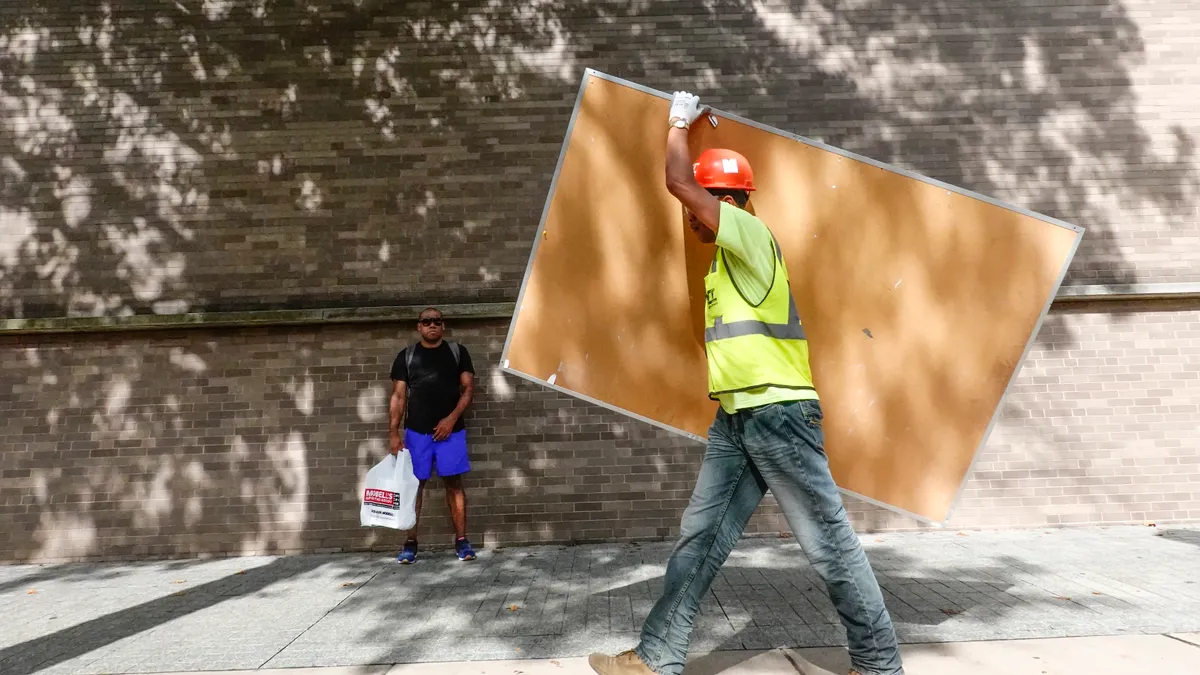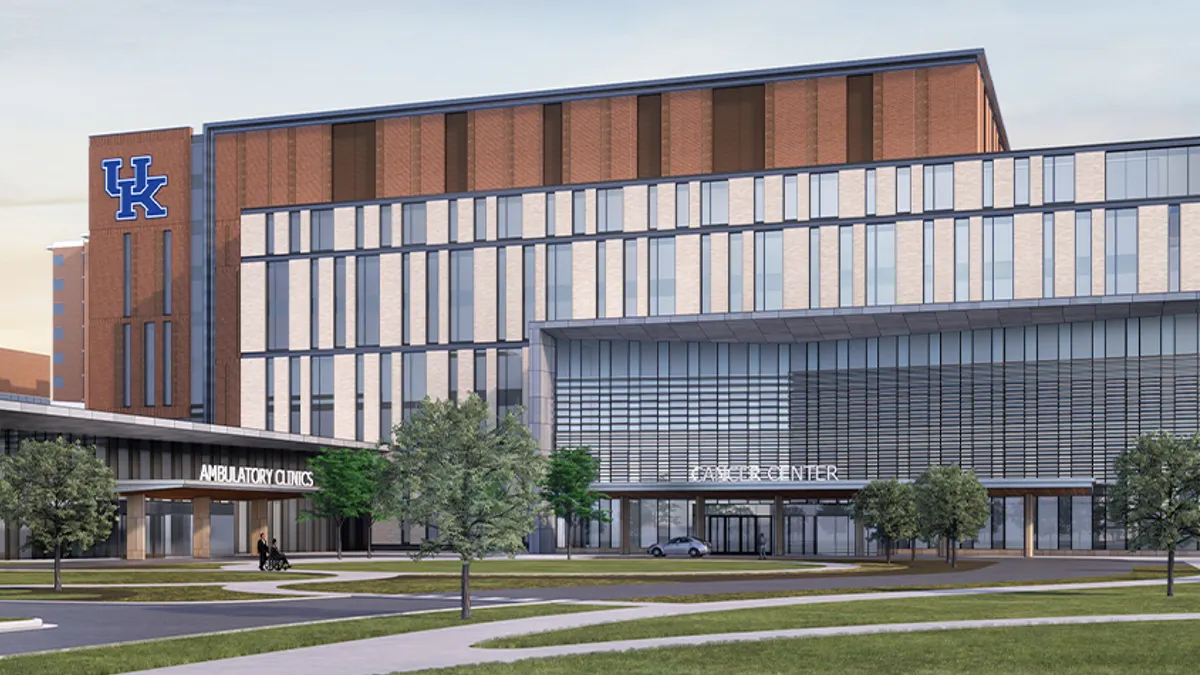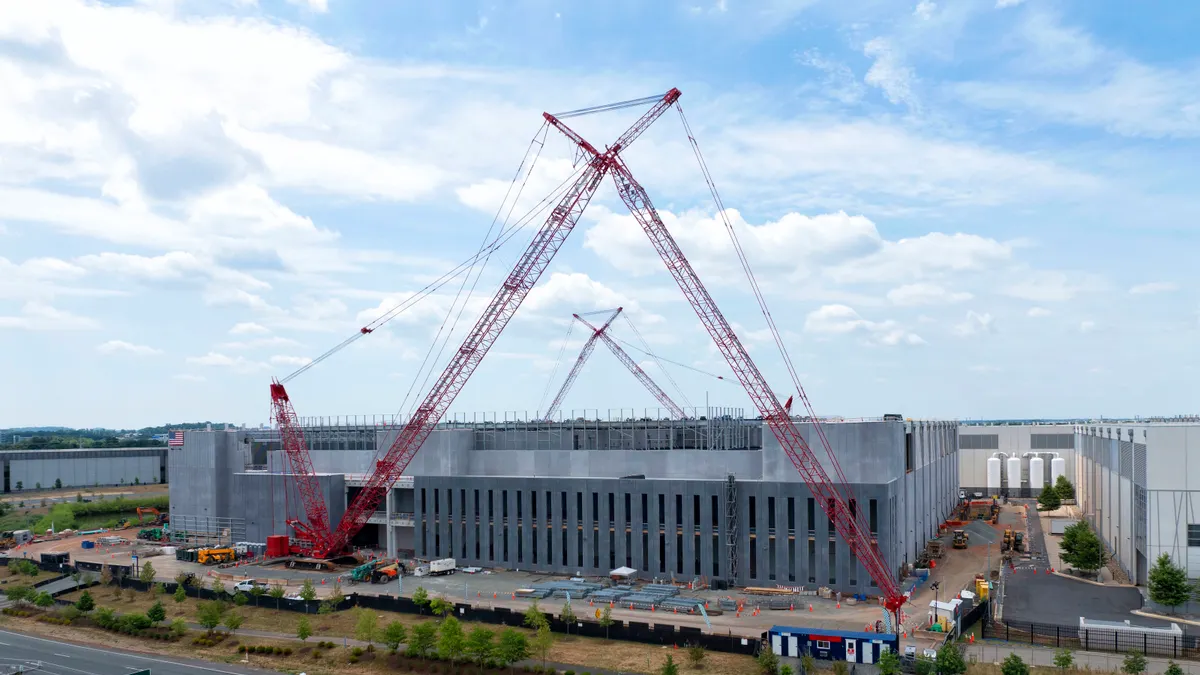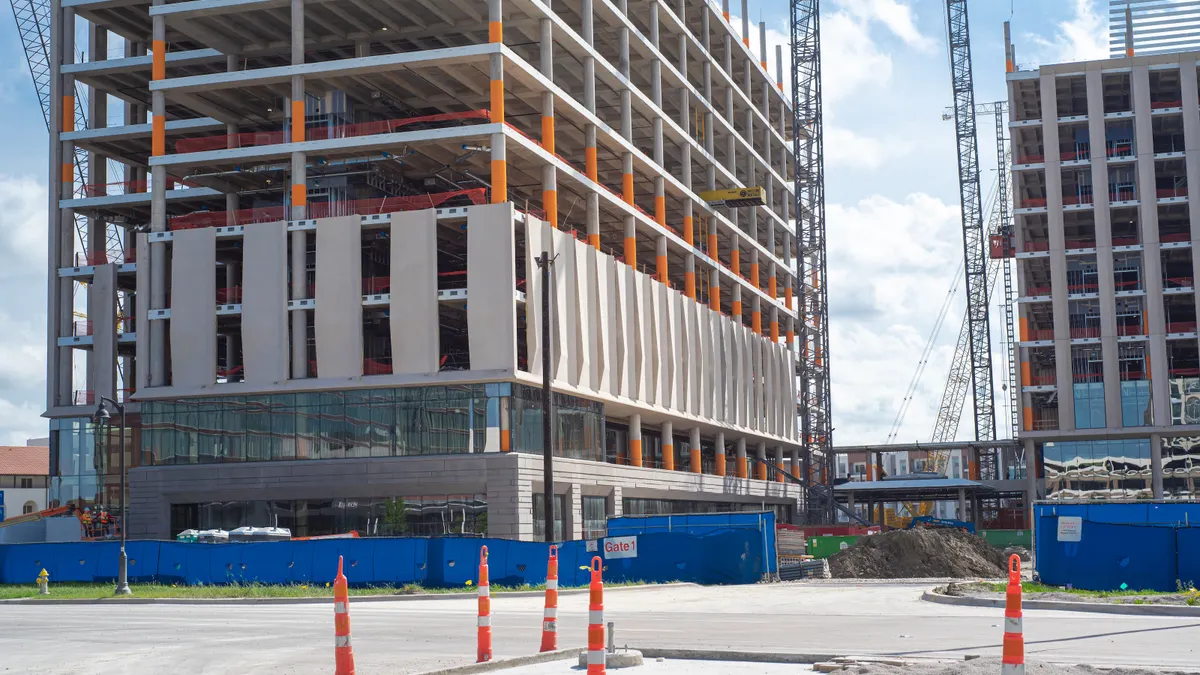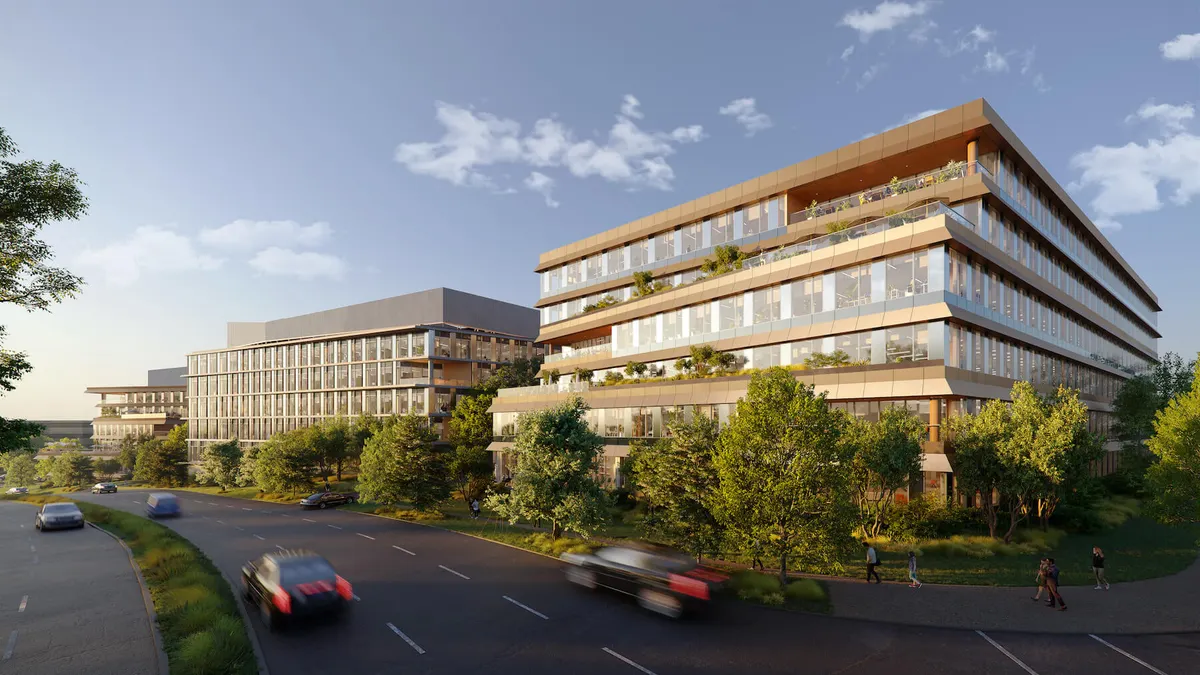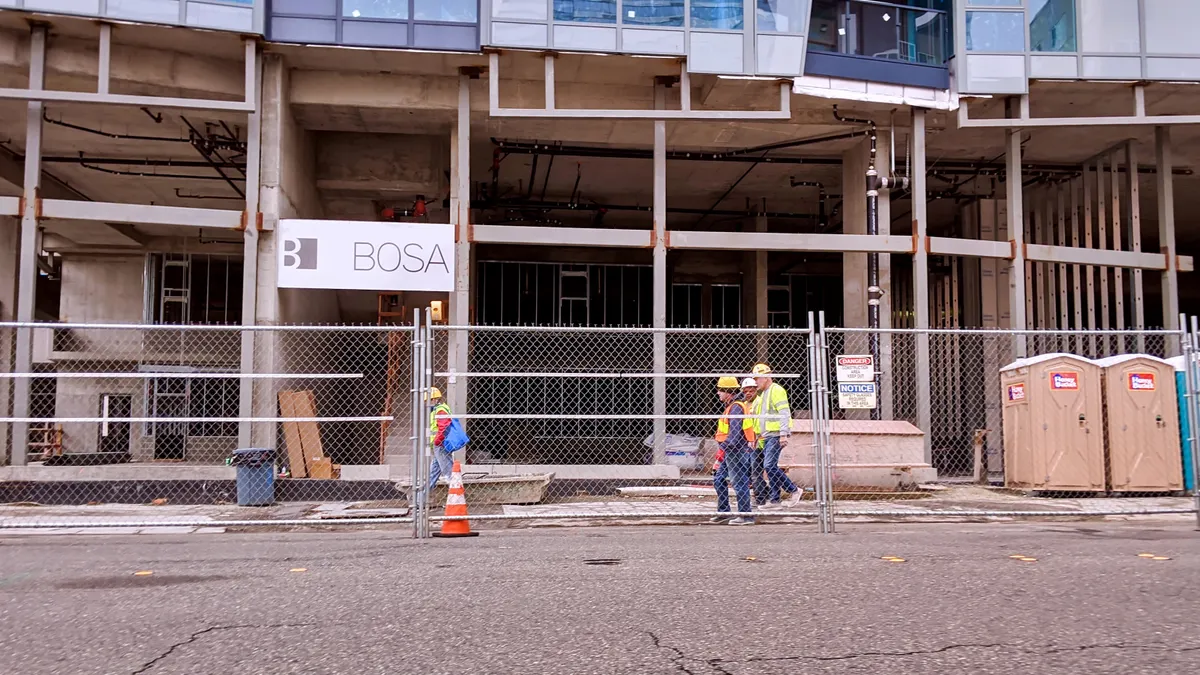It’s no secret that the homebuilding industry is ripe for disruption. What was apparent when talking with industry leaders and listening in on panel discussions at this year’s PCBC, in San Diego, was that the sector is aware of the need for change.
But don’t expect the behemoths to be the ones making the big moves. Leave that to the nimble market entrants that have identified gaps or shortcomings in the way the industry does business and have come to fill them. In fact, many of those companies are already here.
Here are a few trends to watch in homebuilding:
New tech could help beat the labor shortage
The rise of offsite construction has been a slow burn in the U.S. However, several companies are coming online or entering the U.S. market with the goal of using the method to shorten construction timelines, cut waste and reduce reliance on skilled labor in the field.
Entekra, based in Ireland and Southern California, is one such company. During a panel presentation at PCBC, the company’s CEO, Gerard McCaughey, said that offsite construction is not about mere components but instead about fabricating an entire house — in parts that comprise a whole when taken together.
Recent moves elsewhere in the industry show that offsite could be making headway in the U.S. Those include Japanese offsite builder Sekisui House’s acquisition of Salt Lake City–based Woodside Homes earlier this year and the continued acquisitions of site-build companies by the Berkshire Hathaway–owned Clayton Properties.
These moves raise questions as to what happens when offsite companies join forces with conventional builders. Already, builders of low-energy homes like Ecocor, in Searsmont, ME, and GO Logic, in Belfast, ME, fabricate components offsite and assemble them on the job. The opportunity is in scaling that process to meet the needs of volume builders.
Smarter tech will make for a smarter construction process
In his presentation at PCBC, Tim Costello, president and CEO of consultancy BDX, called out a host of new technologies that are expected to impact the homebuilding industry. Among them: voice assistants; game-engine house and community tours; wearables; augmented and virtual reality; point-cloud scanning and offsite construction.
One outcome of the growing use of these technologies could, eventually, be the creation of a "digital twin" of a house before it is constructed. This practice is used in manufacturing to help reduce waste and ensure the product is built to spec, and consistently.
"Most builders, before they put up the drywall, should know that the home they built is the home that they’re supposed to be building," Costello told Construction Dive.
… And it stands to help sales, too
One advantage of creating a digital twin of a home is that its future owner can see inside the space and compare features and finishes — before construction begins. Even for companies that will continue to use conventional construction methods, consumer-facing technologies like kiosks in design centers and model homes that offer visualizations of home interiors and exteriors as well as tour apps that can guide buyers through a community from somewhere off-site can help improve the sales process.
"You should be able to hold your sales presentation in a Starbucks just as effectively as you can in your sales center or a model home," Costello said.
One outcome of the rise of smart-home technology is the role of data, along with questions as to who will own the information collected from users. John Ellis, managing director at consultancy Ellis & Associates, said during his talk that the shift toward tech-laden homes means builders will need to adopt "ship and remember" practices, requiring them to educate buyers about how to use the home's features, including knowing how to opt out of some or all of them. The builder will also need to routinely offer maintenance and upgrades for the home-tech systems.
Improving quality-assurance tracking during construction, ideally through a responsive system, is also imperative, said Don Neff, president and CEO of LJP Construction Services, a risk-management consultancy based in Irvine, CA.
And what of the third-party service providers ushering the IoT into homes today? "You might look at [them] as augmenting [residential construction]. But be very clear: They want to blow it up," Ellis said.
Pain points will linger
Despite the talk of new technology on the horizon, many builders are continuing to take the conventional route.
In California, the confluence of labor shortages, entitlement challenges and "NIMBY" pushback is prolonging approvals, extending the time it takes to get new housing in the ground. "Nobody wants the density, but that’s how you get an affordable solution," Neff said. "We’re trying to move up vertically and squeeze more housing on relatively same-size or smaller lots."
Mathew Wyman, an attorney at Cox Castle Nicholson, in San Francisco, agrees that regulations can stand in the way of producing enough affordable housing. "At some point, government officials have to realize that if their goal is to provide affordable housing, they had better figure out a way to make it profitable to do so, unless they want to just provide massive subsidies to make it happen," he said
The homebuilding industry is ripe for disruption, and industry leaders know it. But many aren’t so sure that today’s big companies will be the ones to come up with the solutions. John Burns, CEO of John Burns Real Estate Consulting, told Construction Dive that labor costs will need to increase by another 20% to 30% before the industry is stressed enough to consider alternative construction methods like offsite in significant numbers.
While today’s major homebuilders aren’t likely to be on the bleeding edge of that trend, many will be close followers, so limited uptake of novel construction techniques and technologies will happen ahead of the groundswell shift — at which point those new players could rise to prominence.
"It’s going to be someone from outside the industry that really yanks our chain," said Gene Myers, CEO at Denver-based low-energy builder Thrive Home Builders. He encouraged U.S. homebuilders to focus on being disruptors in their own product segments and geographic markets. "We’re just a small builder in Denver. If we can do it, you can do it."







